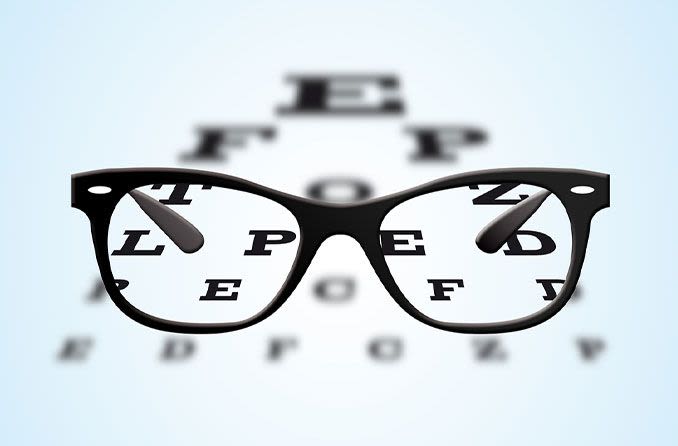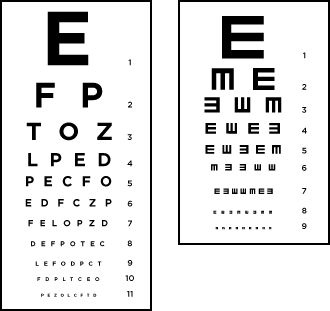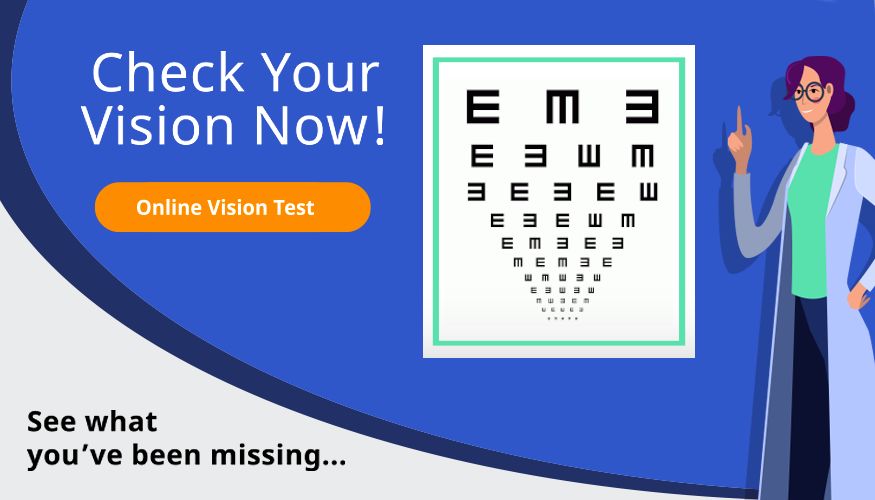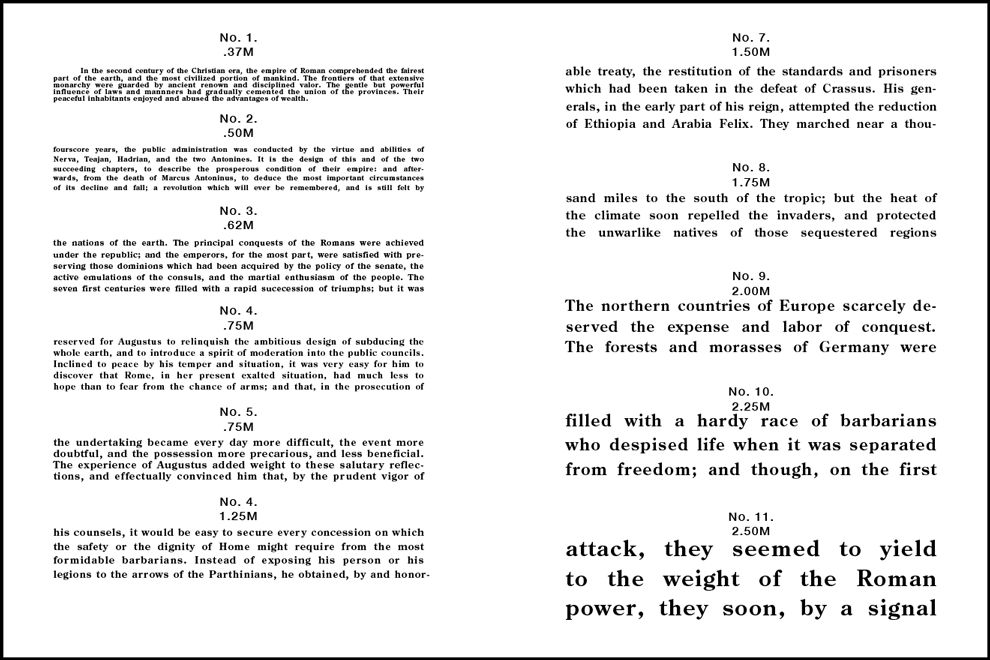 an ophthalmic eye test table" />
an ophthalmic eye test table" /> an ophthalmic eye test table" />
an ophthalmic eye test table" />
During an eye test, eye doctors use eye charts to measure your vision at a set distance and compare it with other human beings.
Eye doctors can use different eye test charts for different patients and situations. The three most common eye charts are:
We’ve included a link to download your very own eye chart after each section below. You can print these charts and test your vision right in your own home.
The classic example of an eye test is the Snellen eye chart, developed by Dutch eye doctor Hermann Snellen in the 1860s.

How a Snellen chart and a "tumbling E" chart might look at your eye doctor's office.
Today, there are many variations of the Snellen test. Most of them include:
During an eye exam, your eye doctor will ask you to find the smallest line of letters you can read, then ask you to read it. If you can read the bottom row of letters, your visual acuity (sharpness) is very good.
Sometimes eye doctors can’t use a standard Snellen eye chart. In these situations, the doctor might use a modification of the Snellen test called a “tumbling E” chart.
This test may be used in the following scenarios:
The tumbling E chart features the same scale as a standard Snellen eye chart, except all characters on the chart are a capital letter “E,” rotated in different increments of 90 degrees.
During a tumbling E test, the eye doctor will ask the person being tested to use either hand (with their fingers extended) to show which direction the “fingers” of the E are pointing: right, left, up or down.
Studies have shown that the measurements taken using a tumbling E chart are virtually the same as the measurements from a standard Snellen eye chart.

To evaluate your near vision, your eye doctor may use a small hand-held card called a Jaeger eye chart. The Jaeger chart consists of short blocks of text in various type sizes.

A Jaeger eye chart contains several blocks of gradually larger text and is used to test near vision.
A Jaeger eye chart can be used in two different ways, depending on what your eye doctor is trying to measure:
There have been several modifications of the Jaeger chart (or “Jaeger card”) by different manufacturers since its invention in 1867. Modern Jaeger charts are not standardized, so the letter sizes on different Jaeger cards can vary slightly.
The font size on a modern Jaeger eye chart usually ranges from J10 (about 14-point type in Times New Roman font) to J1 (about 3-point type in Times New Roman). Some Jaeger charts have an additional paragraph labeled J1+ that may be even smaller than the J1 block of text.
The J1 paragraph on a Jaeger card is usually considered the near vision equivalent of 20/20 vision on a distance eye chart. On some Jaeger cards, the J1+ paragraph is the 20/20 equivalent.
20/20 vision is considered “normal” vision. It means that, while standing 20 feet away, you can read a letter that most human beings should be able to read from 20 feet.
In the United States, the standard placement of the eye chart is on a wall that’s 20 feet away from your eyes. However, since many eye doctors have offices shorter than 20 feet long, the eye chart may hang behind the patient chair and reflect onto mirrors to simulate a distance of 20 feet.
Eye charts can be configured in various ways. Generally, if you can read the big “E” at the top of the chart, but none of the letters lower than that, your vision is considered 20/200.
20/200 vision means that you can read a letter at 20 feet that people with “normal” vision could read at 200 feet. This means that your visual acuity is very poor.
In the United States:
The 20/20 line of letters is usually fourth from the bottom, with 20/15, 20/10 and 20/5 below that.
Not many humans have 20/10 vision or better, but some animals do. It’s believed that most birds of prey have 20/5 acuity — or better.
Since eye charts only measure visual sharpness, they can help your eye doctor figure out whether you need prescription eyeglasses or contact lenses. They can also help your local Department of Motor Vehicles determine who needs corrective lenses to drive and who shouldn’t drive due to legal blindness.
But eye charts don’t measure your peripheral vision, depth perception, color vision or ability to perceive contrast. They can’t monitor things like eye pressure or the condition of your retinas.
This is why, as important as eye charts are, they remain just one component of a complete eye exam.
Adam Debrowski also contributed to this article.
Field Guide to Visual and Ophthalmic Optics. Schwiegerling, J. SPIE Press. 2004.
Can Jaeger numbers be standardized. ARVO Annual Meeting abstract, Investigative Ophthalmology & Visual Science. May 2007.
Theory and Practice of Optics and Refraction. Khurana, AK. Elsevier India. 2008.
Page published on Wednesday, February 27, 2019